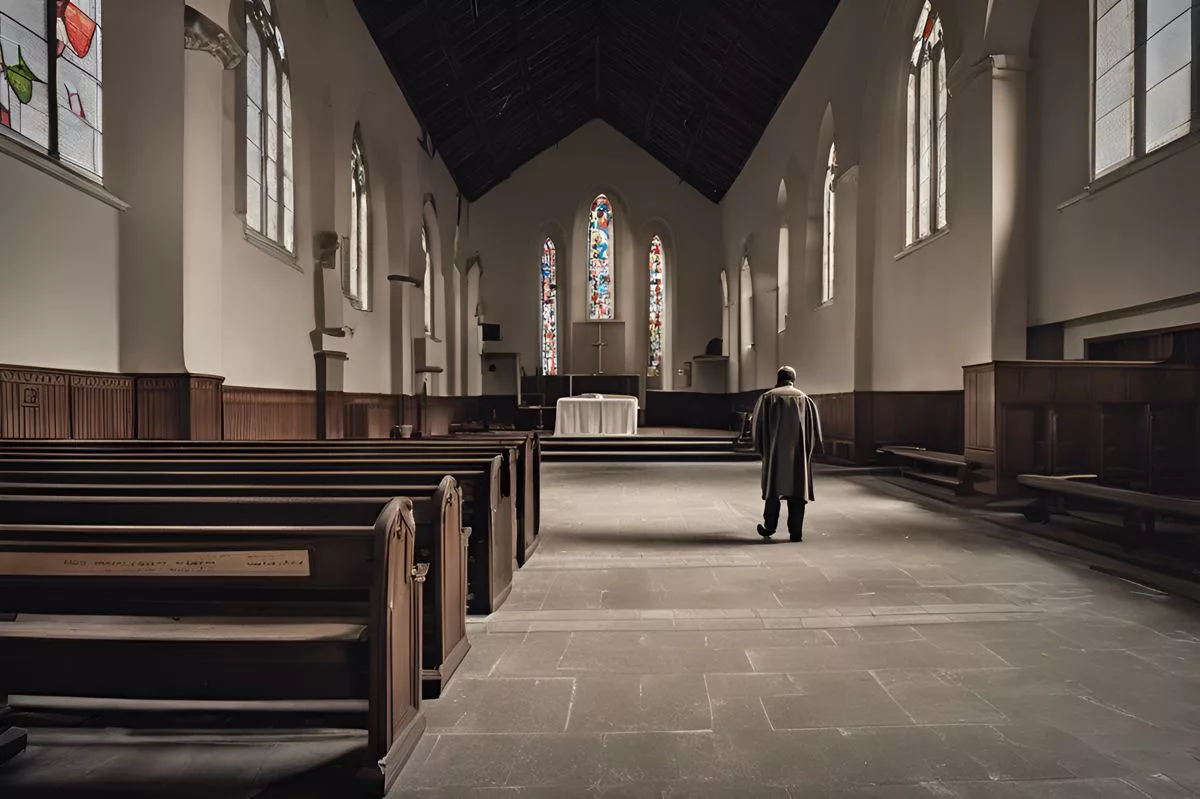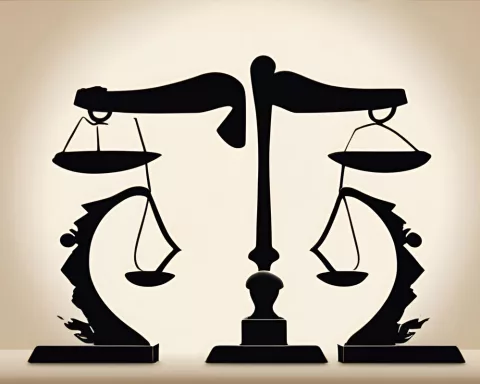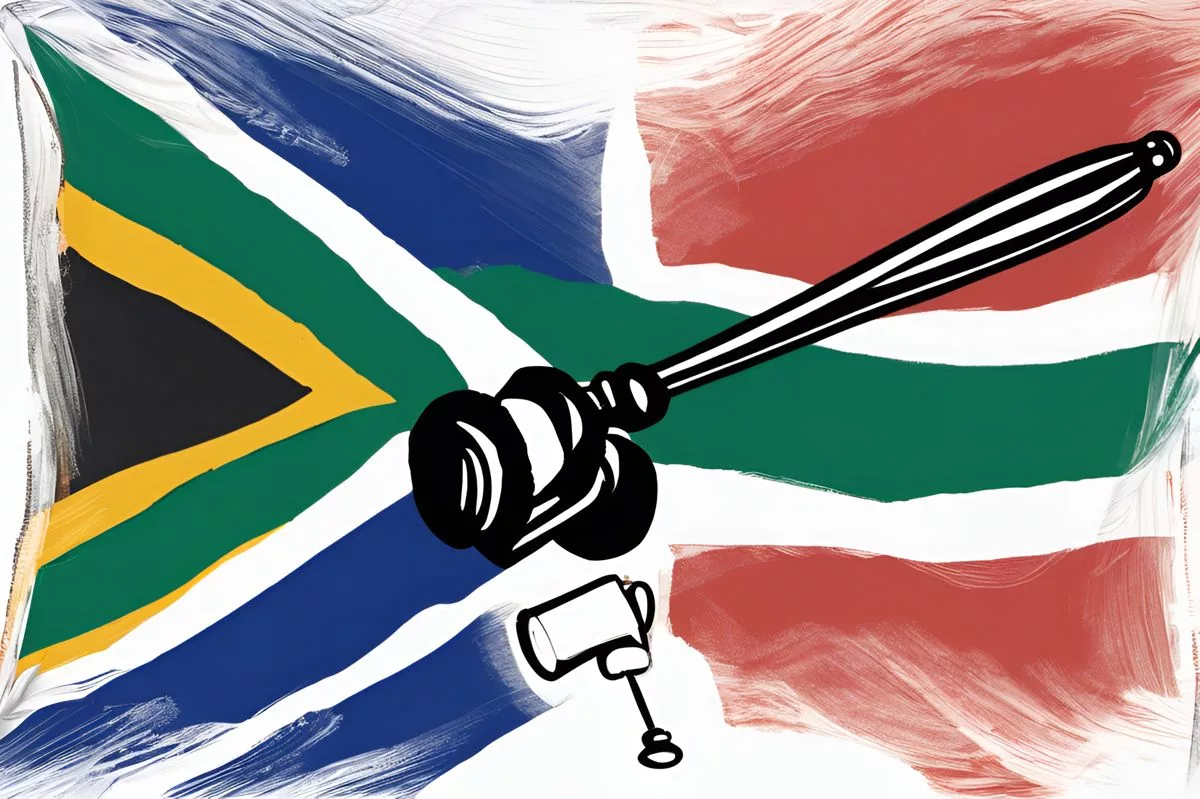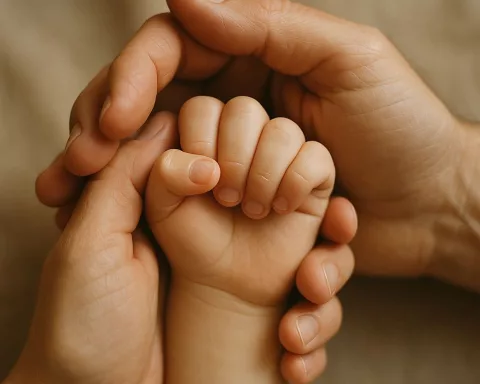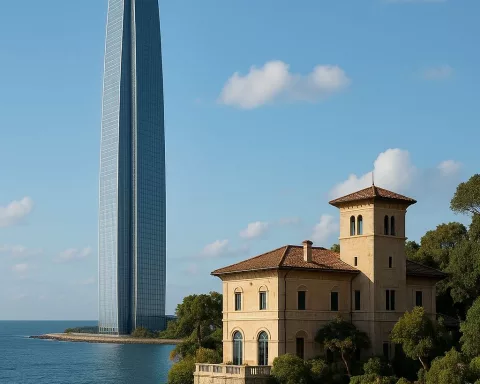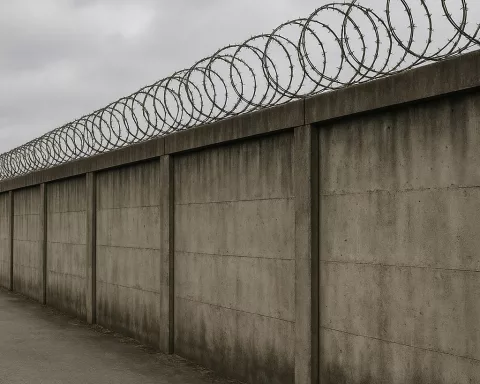Oscar Pistorius, once a celebrated athlete, now lives a life of solitude and remorse following his release on parole after being convicted for the 2013 killing of Reeva Steenkamp. He spends his time performing menial tasks at a church in Pretoria and his appearance has drastically changed. Pistorius is bound by strict regulations and cannot communicate with Steenkamp’s family. His story is a reminder of the fleeting nature of fame and the lasting repercussions of personal decisions.
What happened to Oscar Pistorius after his release on parole?
Once a celebrated athlete, Oscar Pistorius now leads a life of solitude and remorse following his release on parole. He spends his time performing menial tasks at a church in Pretoria and his changing appearance makes him nearly unidentifiable. Pistorius is bound by strict regulations such as not communicating with the family of the person he killed in 2013. His story serves as a reminder of the fleeting nature of fame and the lasting repercussions of personal decisions.
A Champion’s Downfall
Once a beacon of athletic splendour, Oscar Pistorius is now an iconic symbol of a life consumed by sorrow and regret. His journey from fame to infamy paints a tale both heart-wrenching and philosophical. Renowned for his charisma and vitality, Pistorius once dominated the track with his fierce determination and magnetic appeal. Today, he leads a life devoid of fanfare, shadowed by remorse and loneliness.
Once a celebrated sportsman, Pistorius’ life has drastically changed since his release on parole in January, following the completion of half his sentence for the 2013 killing of Reeva Steenkamp. He has secluded himself from public scrutiny, seeking refuge in the luxurious mansion of his uncle, Arnold Pistorius, in Pretoria’s affluent Waterkloof suburb. The adulation of enthusiastic fans, once an integral part of his life, has been replaced by the solemn melodies of the local Dutch Reformed Church, where he contributes his services.
A New Reality
In stark contrast to his familiar persona as the ‘Blade Runner’, Pistorius now spends his time performing menial tasks at the NG Kerk Waterkloof. His responsibilities include cleaning the church premises and assisting with vehicular arrangements during bustling Sunday services. His metamorphosis from a globally acclaimed athlete to a humble worker provides a stark reflection of his current plight.
Pistorius’ physical attributes have also undergone a noticeable transformation. Once lauded for his toned body, he now appears significantly different from the athletic figure he was once known to be. According to Aida Govender, a churchgoer who spoke with the New York Post, Pistorius’ changing appearance – extended hair, facial hair, and a bulkier body – makes him nearly unidentifiable. His once amiable behaviour has given way to a detached attitude, mirroring his internal struggle.
Based on accounts, Pistorius has become largely introverted and self-contained. His once effervescent personality seems to have faded, overshadowed by a gloomy and subdued presence. A fellow churchgoer described him as “not friendly, not outgoing,” a stark departure from the charming sports icon he once was.
The Price of Freedom
Following his release, Pistorius has been depicted as a “chain-smoker, bloated and grey” — a striking disparity from the energetic, fit athlete he once was. His liberty, however, is bound by a range of strict regulations. As per South African law, those on parole must adhere to the rules stipulated by the Correctional Supervision Parole Board. Pistorius, for example, is forbidden from conducting media interviews, using social media, or communicating with Steenkamp’s family. A violation of these rules may result in the withdrawal of his parole, potentially leading to his return to imprisonment.
A Life of Remorse and Redemption
Pistorius’s life story is a reflection of victory and disaster, a passage from the zenith of athletic glory to a muted, sombre lifestyle. It serves as a poignant reminder of the fleeting nature of fame and the lasting repercussions of personal decisions. As Pistorius navigates his newfound existence beyond prison, his story continues to unfold, coloured by regret, redemption, and the aspiration for a life beyond the shadows of his past.
What is Oscar Pistorius doing now?
Oscar Pistorius spends his time performing menial tasks at a church in Pretoria, South Africa. He is bound by strict regulations, including not being able to communicate with the family of the person he killed in 2013.
How has Oscar Pistorius’ appearance changed?
According to accounts from churchgoers, Oscar Pistorius’ appearance has changed significantly. He now has extended hair, facial hair, and a bulkier body, which has made him nearly unidentifiable from the athletic figure he was once known to be.
What regulations is Oscar Pistorius bound by since his release on parole?
As per South African law, those on parole must adhere to the rules stipulated by the Correctional Supervision Parole Board. Pistorius is forbidden from conducting media interviews, using social media, or communicating with Steenkamp’s family.
What is the potential consequence of violating the regulations of Oscar Pistorius’ parole?
A violation of the rules stipulated by the Correctional Supervision Parole Board may result in the withdrawal of his parole, potentially leading to his return to imprisonment.
How has Oscar Pistorius’ personality changed since his release on parole?
Based on accounts, Pistorius has become largely introverted and self-contained. His once effervescent personality seems to have faded, overshadowed by a gloomy and subdued presence.
What does Oscar Pistorius’ story serve as a reminder of?
Oscar Pistorius’ story serves as a poignant reminder of the fleeting nature of fame and the lasting repercussions of personal decisions.

